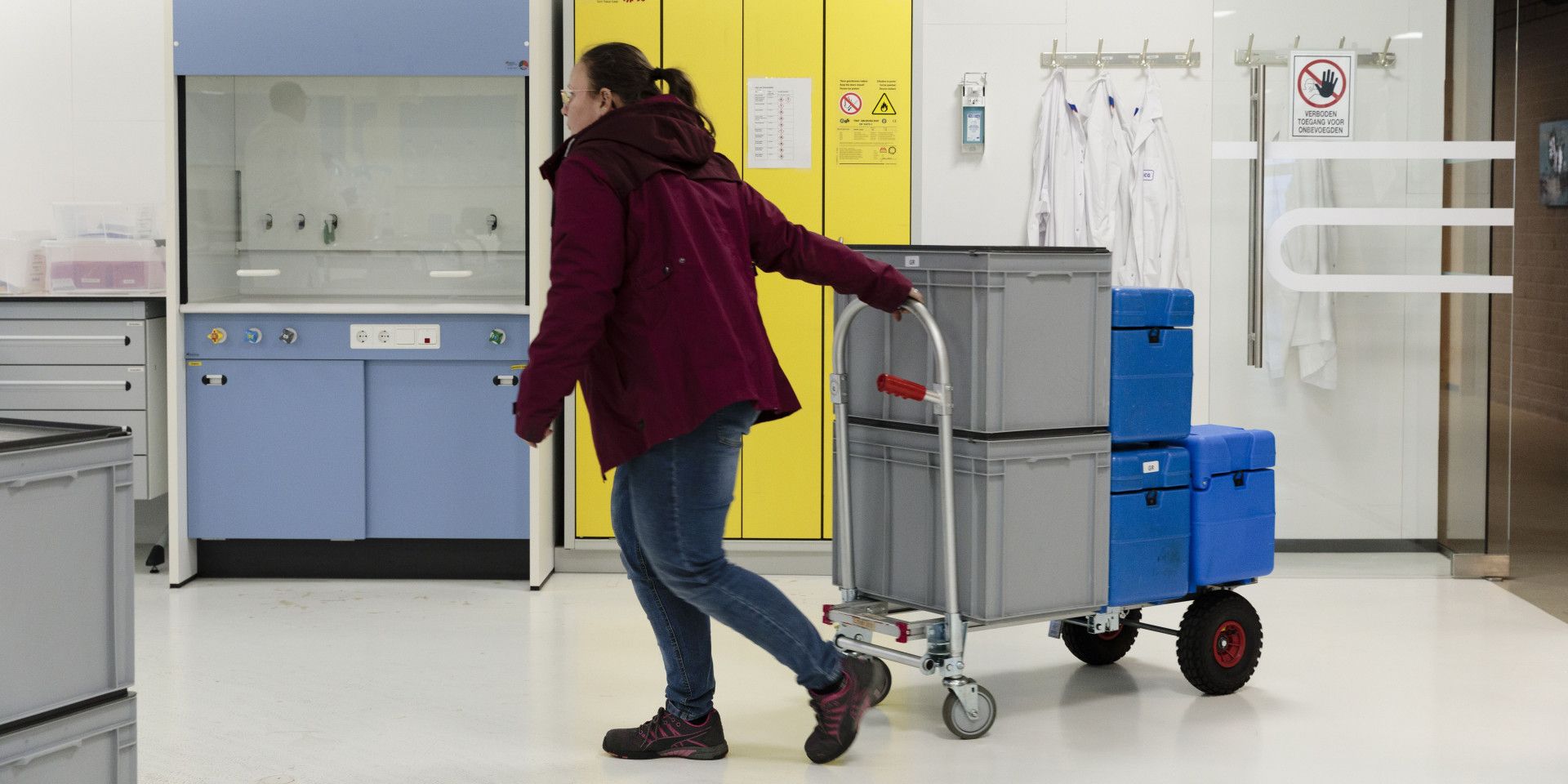
New workspace environment
Lifelines is excited to announce an upgrade to our workspace environment. After carefully evaluating the current workspace and exploring options to better support researchers, we will transition to the Digital Research Environment (DRE) in 2025. This innovative environment, developed by the anDREa consortium, is tailored to meet the evolving needs of our research community.


What will the migration look like for your project?
The transition to the DRE occured in phases:
- Pilot phase: A small group of researchers is currently working in the DRE.
- New projects: Starting December 2024, all new Lifelines projects requiring workspace access will receive access to the DRE.
- Existing projects: The migration of current projects from the VRW to the DRE will begin on January 8, 2025 and will continue through April 2025.
Scheduling your migration
You can select your preferred migration date during this period. A maximum of two projects will be migrated per day. To schedule your migration and provide details, please complete the following form through the following button:
What to expect
On your migration date, you will receive an email from a Lifelines data manager notifying you that the process has begun. From the start of your migration, you can no longer work in the VRW. Once the migration is complete, you will receive a follow-up email with instructions for accessing your project in the DRE.
Two important things to note:
- Projects with multiple users will be migrated together. Please coordinate within your team to choose a migration date.
- Before your migration, all your files should be placed on the Group drive (G:). We will not be able to migrate files placed elsewhere (meaning home drive and/or desktop).
Frequently asked questions
New workspace environment
The DRE replaces the current VRW (Virtual Research Workspace). Lifelines users with access to the UMCG HPC will retain their existing access.
Please email Lifelines Data Management if you or your team members currently have access to a Lifelines workspace and your project is expected to conclude before April 1st, 2025. We can then discuss whether or not migration is necessary. Please also email us when your project is (almost) finished, but you expect to need the workspace for revision purposes in the future.
Starting in December 2024, all new Lifelines projects requiring workspace access will use the DRE, regardless of whether you currently have access to the VRW.


Cost structure changes
Currently, Lifelines charges fixed fees for access to the VRW. With the DRE, researchers will have more control over their workspace usage and associated costs.
Key changes
- Service costs and workspace costs will be separated.
- The workspace costs can be monitored within your DRE workspace. For more information, see our DRE cost insight page.
After your migration is completed, you will receive an email with your project-specific conversion to this new cost structure.
Why the change?
Over the years, researchers have shared valuable feedback on the limitations of the current Virtual Research Workspace (VRW). While some restrictions, such as limited internet access, are essential for security and compliance, other aspects, such as the rigid structure of the VRW, could be improved.
The DRE (digital research environment) is a research environment created for researchers by Radboud UMC in collaboration with UMC Utrecht and Erasmus MC (anDREa consortium). This platform offers greater flexibility, functionality, and autonomy for researchers, making it a better fit for Lifelines projects. Based on these advantages, we are excited to move forward with the DRE.




Researcher pilot results
Between July and September 2024, four Lifelines projects participated in the DRE pilot. Feedback from personal evaluation interviews was predominantly positive, with researchers expressing confidence in the DRE as a suitable platform for future Lifelines projects..
Positive feedback highlights:
- Comprehensive DRE support website with detailed information.
- Greater autonomy for researchers, including the ability to install programs and adjust virtual machine settings.
- Improved export process.
- Modern, user-friendly interface.
- Smooth performance with no reported lag.
Changes to get acquainted with:
- A new login procedure (e.g., pop-ups).
- Installing applications and packages independently.
- Monitoring and managing the DRE workspace costs.
- Remembering to shut down virtual machines when not in use.
- Transitioning from Microsoft Office to LibreOffice.

